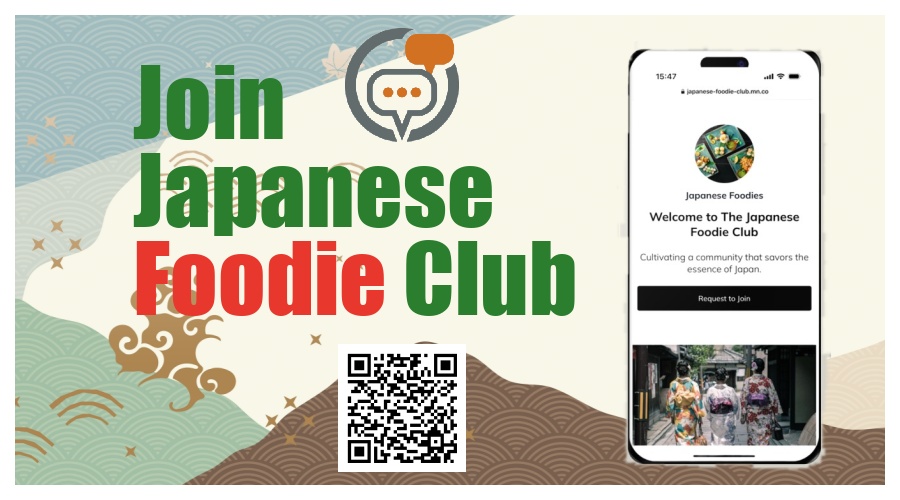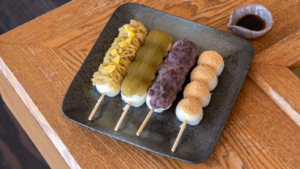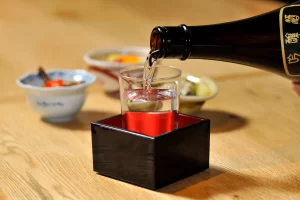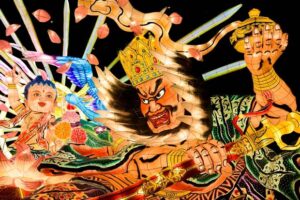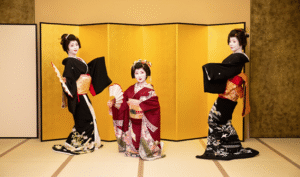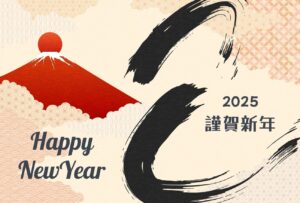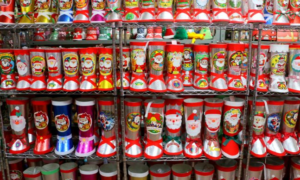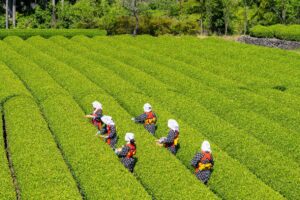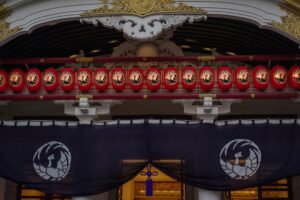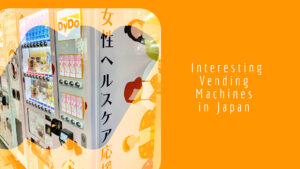Celebrating the New Year in Japan
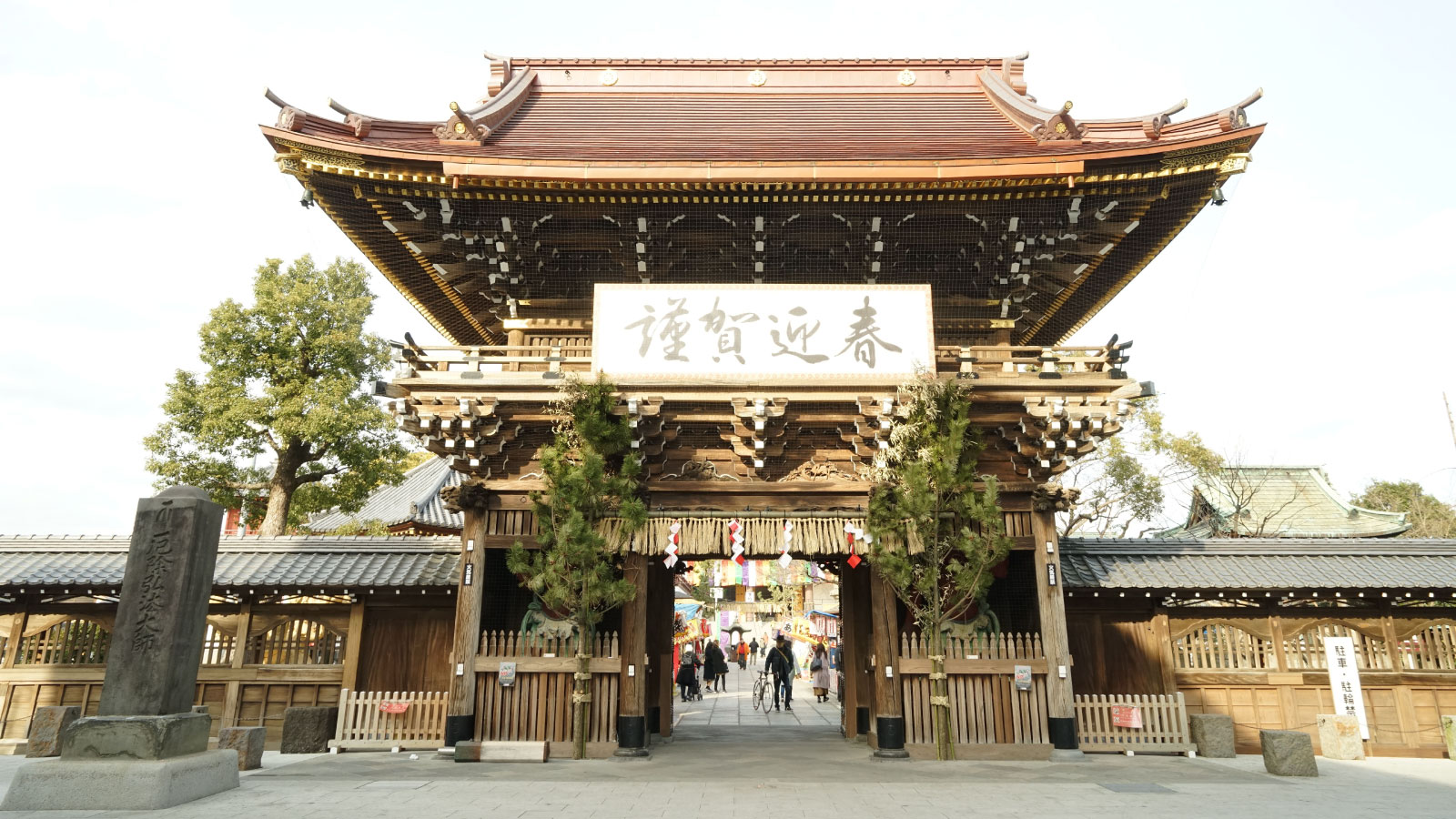
In Japan, ringing in the New Year is all about unique celebrations and traditions that help you prepare for what the upcoming year will bring. Every region and family make the New Year their own, but there are several staple traditions that are commonly observed.
In Japan, the phrase “clean slate” is much more than a saying when it comes to the New Year. Families use the New Year as a time to practice oosouji, also called a “big cleaning.” This tradition allows everyone to go into the New Year without any of the baggage from the year before.
Now that the house has been deep cleaned, it’s time to enjoy delicious traditional Japanese food. On New Year’s Eve, toshikoshi soba is a must. This dish includes buckwheat noodles and your favorite toppings like green onions, tempura, egg, or spinach. On New Year’s Day it’s all about ozouni. The vegetables in this soup dish depend on what you like, but it usually has mochi in it that is supposed to represent longevity. Another staple food is osechi which is an assortment of foods that are served in a bento box. Each dish is separate and has a specific meaning; for example, you could include black beans which signify hard work or kazunoko for fertility in the New Year.

